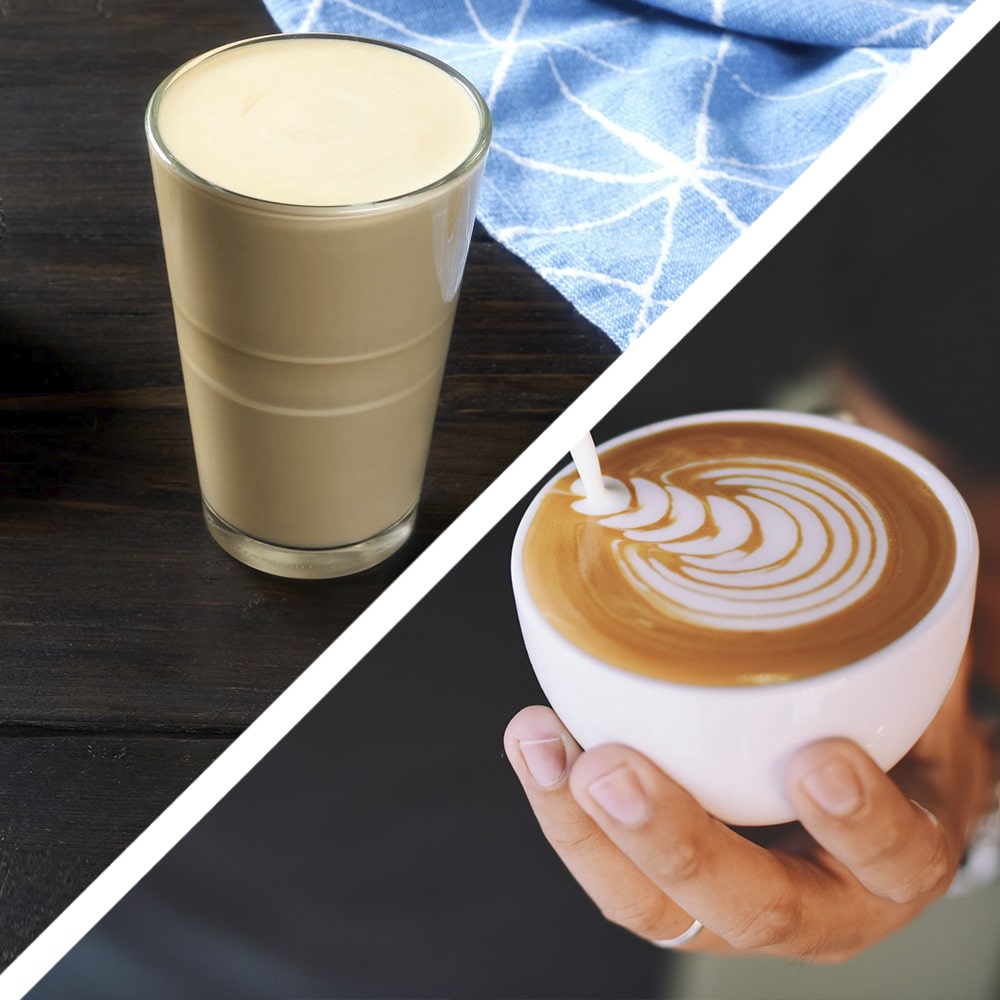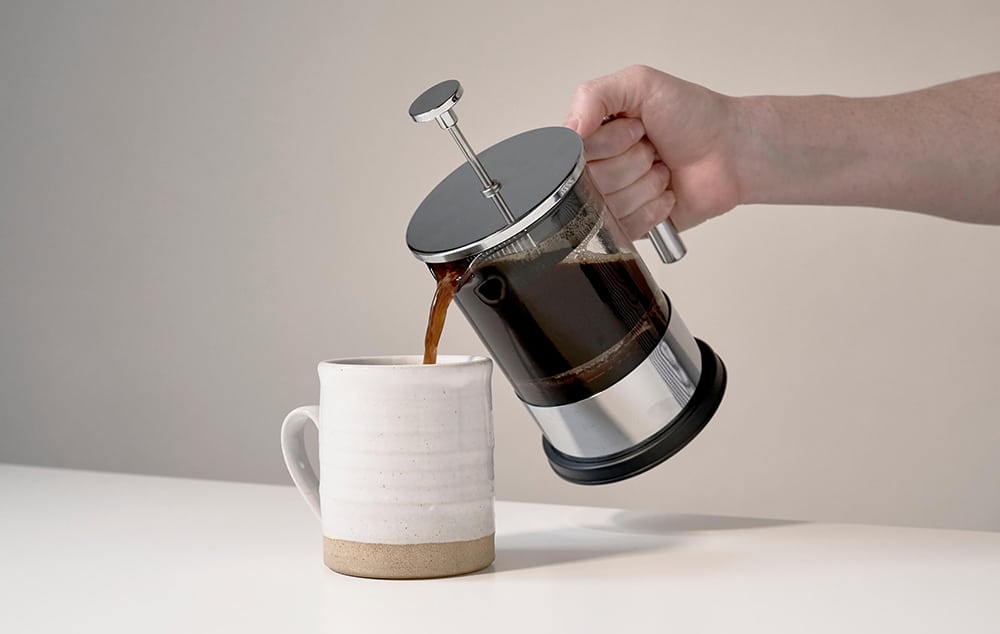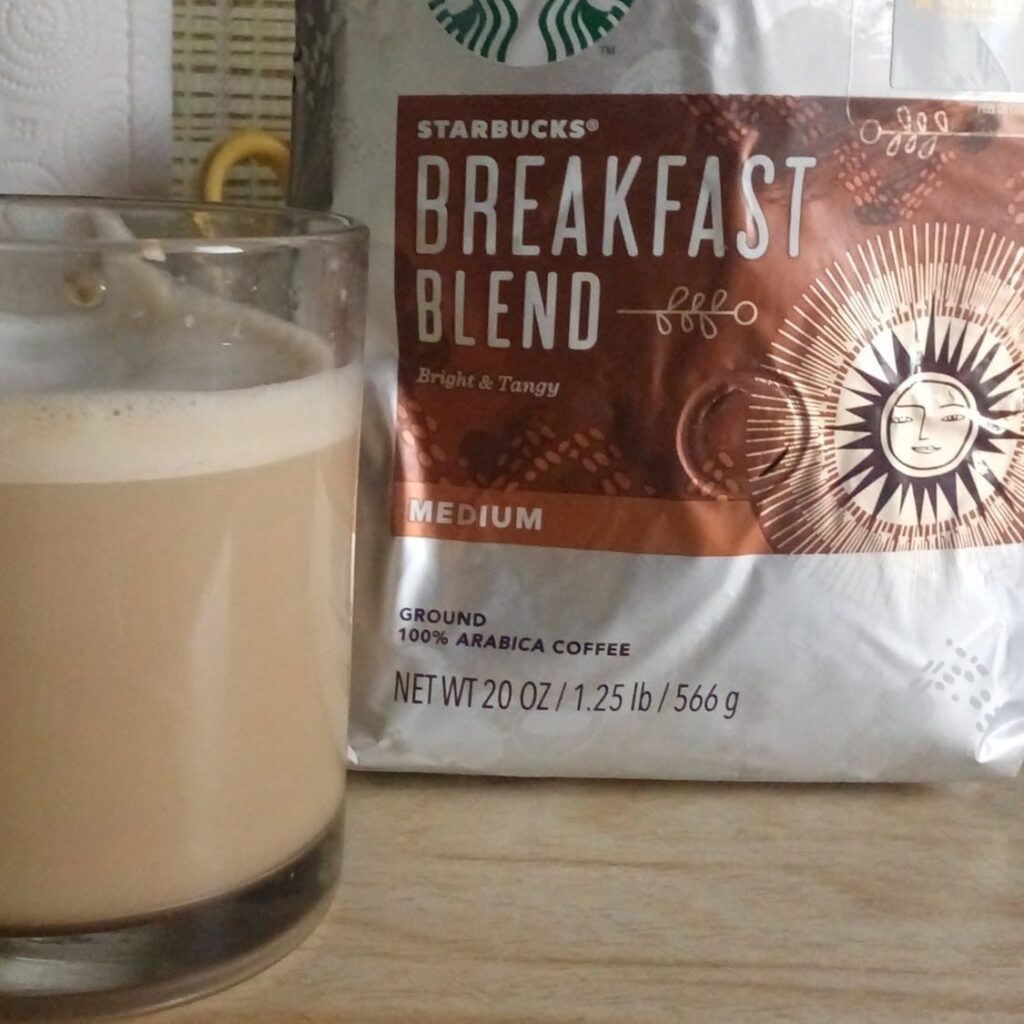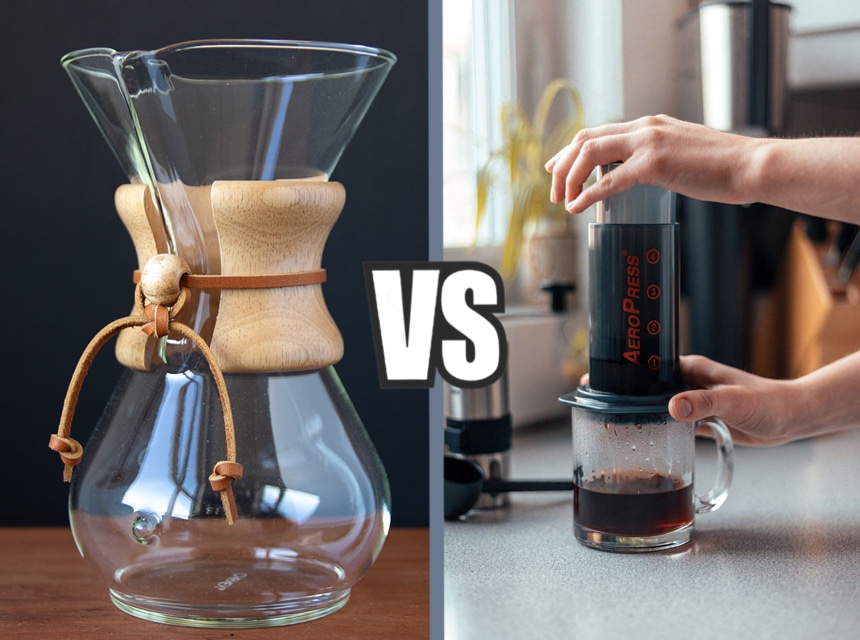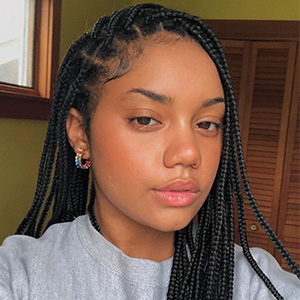

It seems the term “blonde roast” is everywhere these days and is increasingly popular. But if you’re someone who has wondered what a blonde roast coffee is, don’t worry, you’re not alone. It may seem like a new term, but the truth is blonde roast has been around for a while. Starbucks added a blonde roast to their menu in 2017, and many people adore it.
The blonde roast is even lighter than a light roast. Because of this, it doesn’t carry the bitterness that other, darker, roasts do, making it a perfect choice for many coffee drinkers. An understanding of what the blonde roast is can help you explore another drink that might appeal to you.
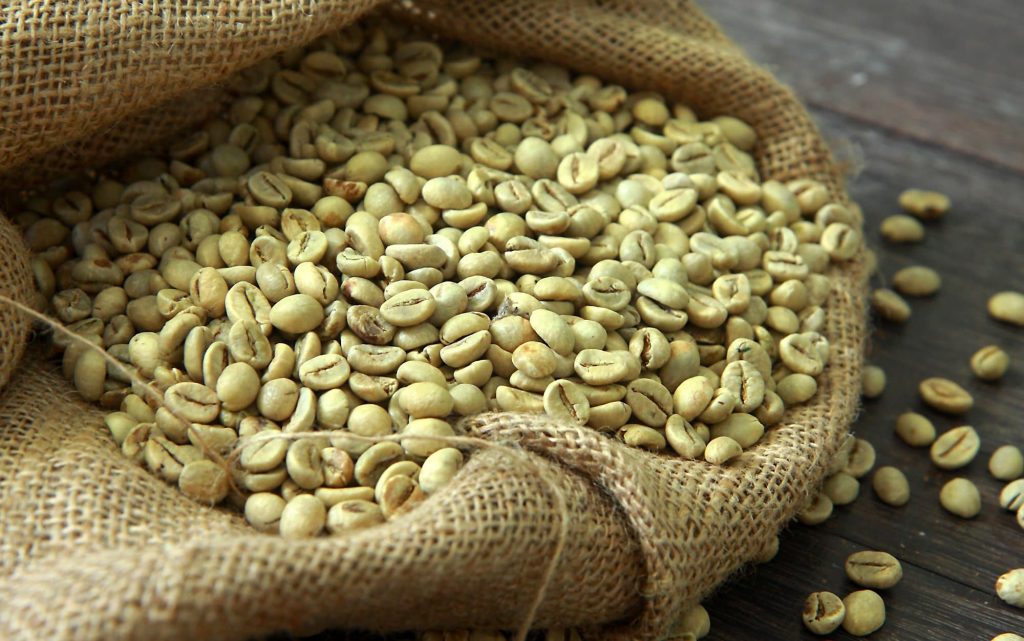
If you find a roast that you particularly enjoy, it could be because of the region, and you should experiment with more beans from the same region. It can help you find your perfect coffee drink.
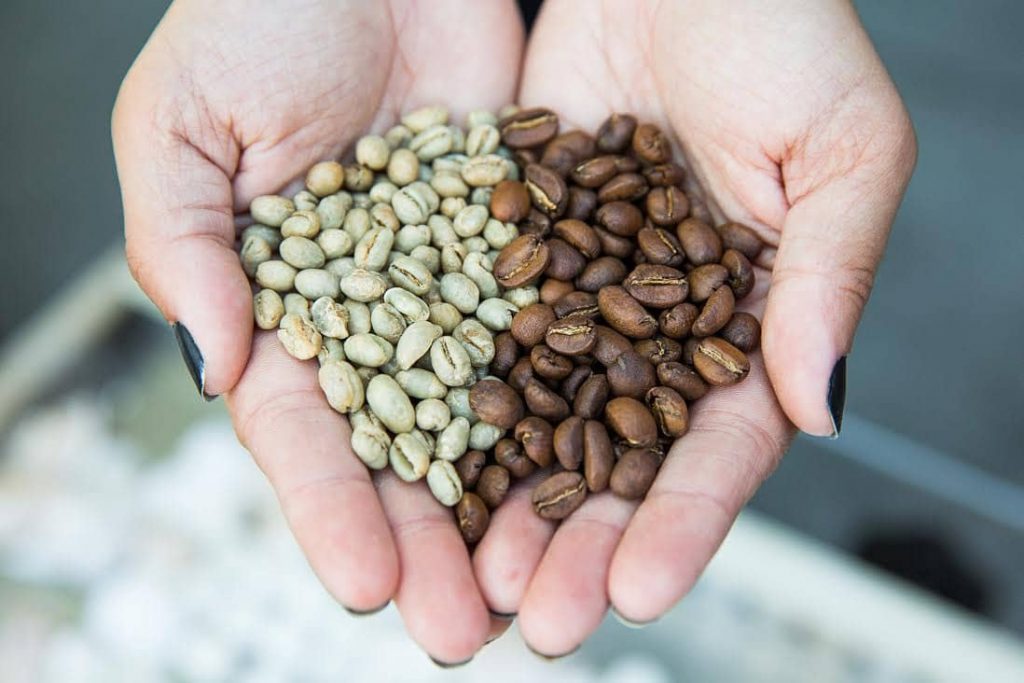
A true blonde roast is lighter than a light roast, and because of that has a lot more acidity. It’s important to note that the roast level is determined by bean color, roasting temperature, and when and how many times the bean’s outer shell has cracked.

Blonde roasts are much more acidic than darker roasts. The acidity comes about because of the temperature the beans are roasted at, and it’s why blonde roasts are generally “brighter” in flavor. As the beans are roasted at a higher temperature, they lose their acidity, giving coffee its expected bitterness. Some people don’t care for the high acidity, and for others, it can actually be a health concern.
Acidity is measured on the pH scale. Dark roasts are high on the pH scale and are similar in pH to regular milk. But blonde roasts are low on the pH scale and rate closer to tomato juice, which is a large difference.
Some people don’t handle high acidity coffee well, so this is something to keep in mind if you’re trying to decide on a lighter or darker roast when ordering a drink.
Blonde roasts come with a variety of health boons and negative effects, mostly because of the high acidity. Lowering your pH can affect everyone differently, but for some people, it can cause fatigue, muscle and joint pain, digestion issues, migraines, and other problems.
But the blonde coffee has health benefits as well since it comes with a lot of antioxidants, and there are some studies that show blonde roasts may have even more antioxidants than a dark roast. But it’s not necessarily better than a light roast, so if you’re worried about the acidity of a blonde roast, but want more antioxidants, it might be worth trying a light roast instead.
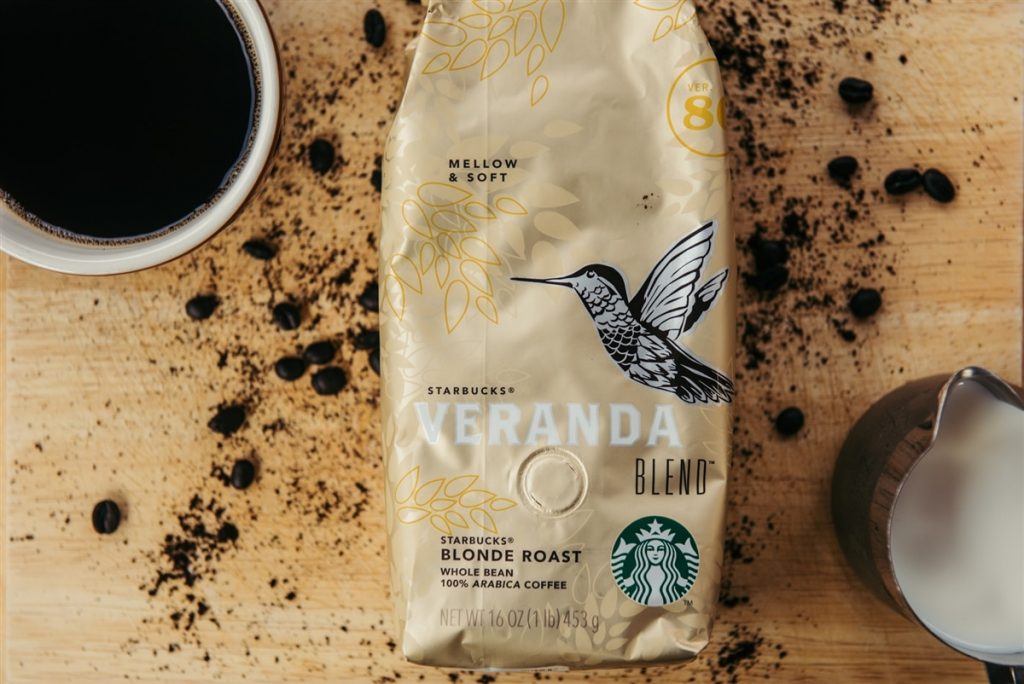
A blonde roast coffee has so much more bright notes than a dark roast. We recommend you to experiment and try all brewing methods to find which you love the most.
Blonde roasts, while taking off in popularity mostly due to Starbucks introducing them to their permanent menu, have been around for years and offered an alternative to coffee drinkers. If you’re looking for brighter flavors, a lighter body, hints of citrus and floral notes, and don’t want any bitterness, a blonde roast might be for you! But while it will be missing the bitterness of a darker roast, it’ll also lose the sweetness and caramel notes, which other roasts have. And while the antioxidants may be great for your health, the lower pH can cause health concerns from fatigue to migraines. Either way, it seems as though blonde roasts are here to stay. So if you were wondering what a blonde roast coffee is, hopefully, this article has helped educate you.
